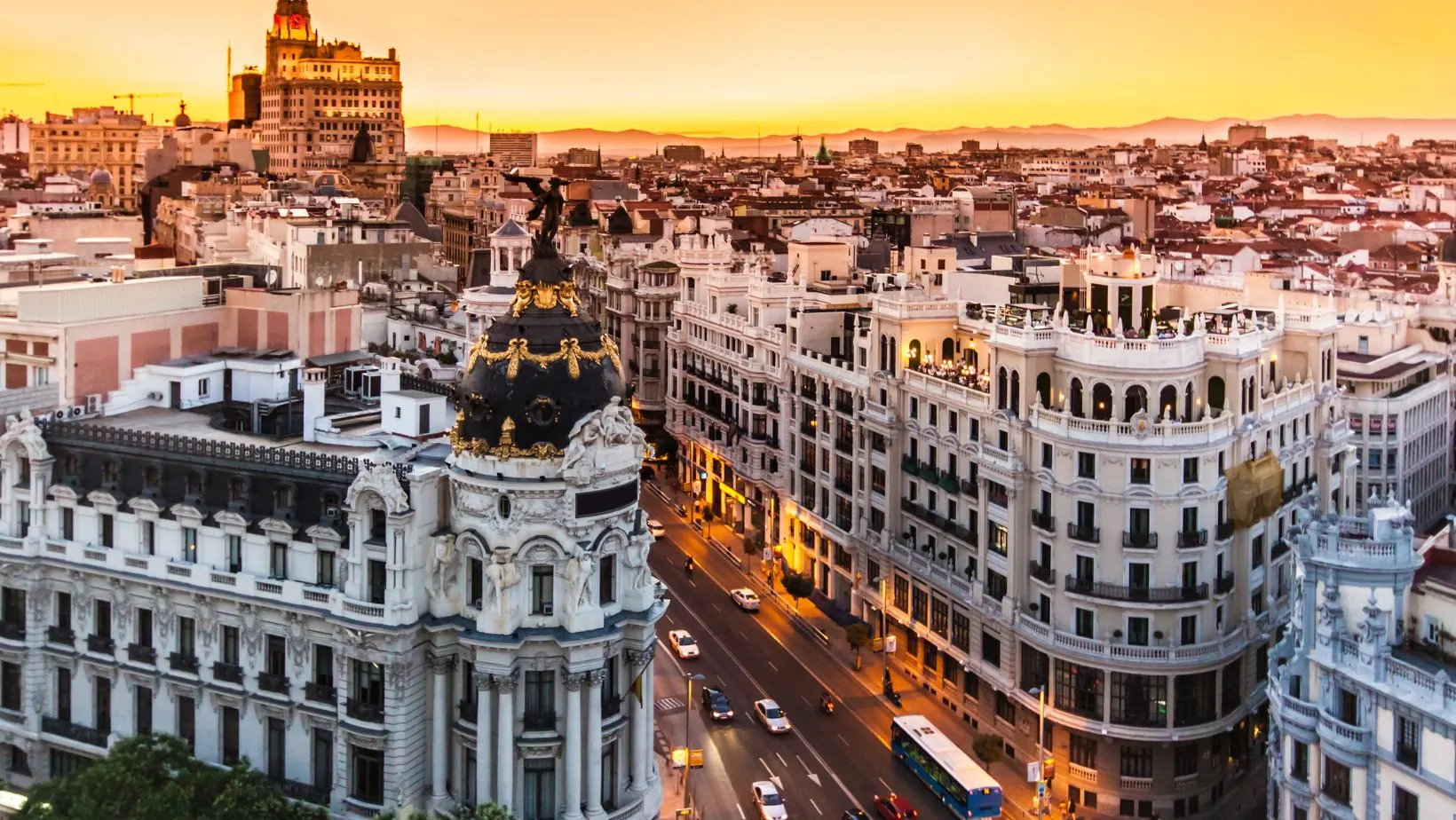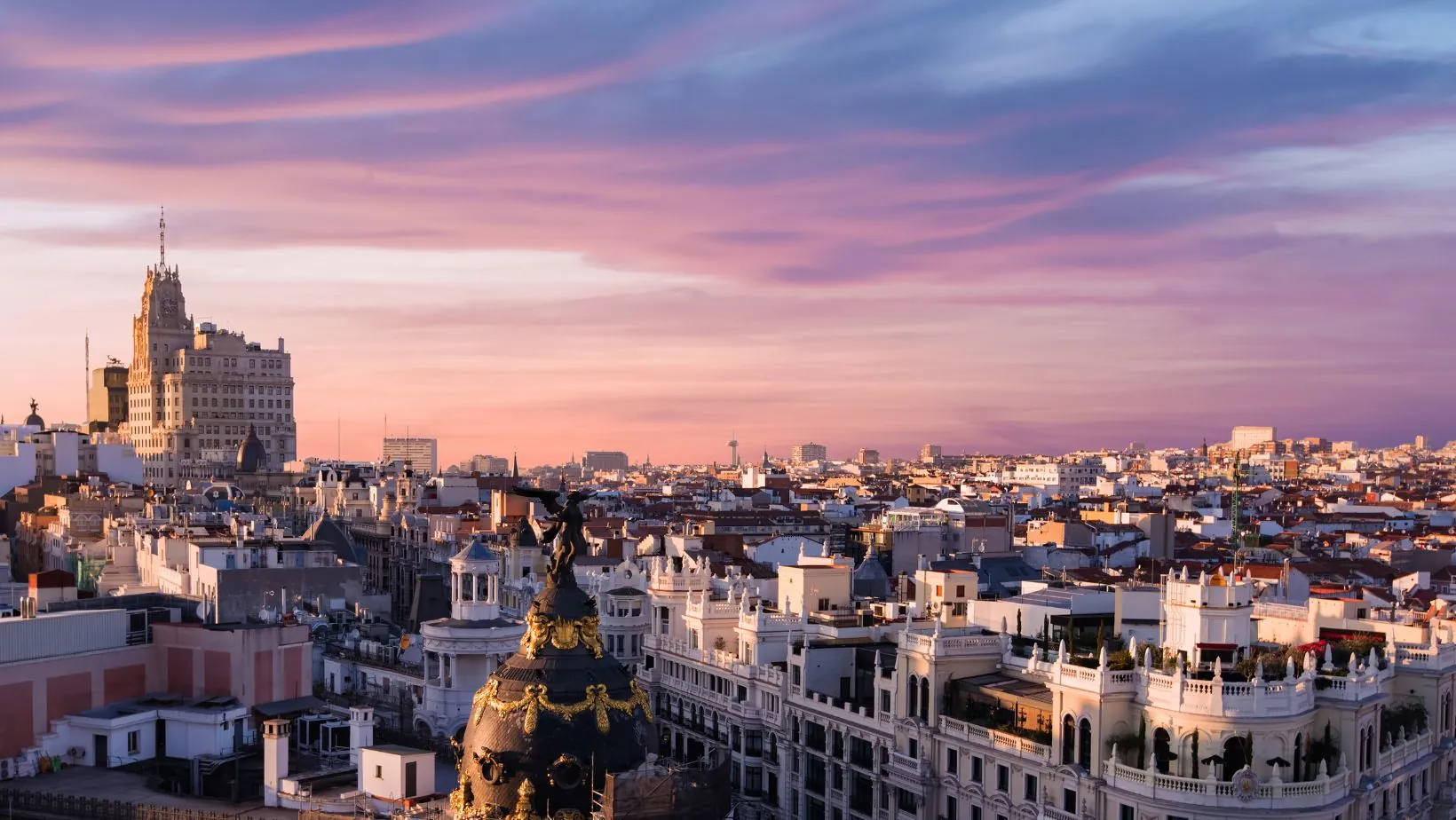Let’s talk about Madrid. Yes, that vibrant, sun-soaked city with tapas bars on every corner and a cultural heartbeat you can almost hear in the air. But here’s the twist—it’s also Netflix’s go-to spot for some of its most prominent and boldest projects. And the person who turned Madrid into a creative nerve center for Netflix? None other than Diego Ávalos.
As Netflix’s Vice President of Original Content in Spain, Ávalos has done far more than oversee hit series. He’s made Madrid the hub where Europe’s storytelling magic meets Latin America’s rich cultural legacy. It’s a strategy that doesn’t just lean on geography—it’s powered by Ávalos’s knack for seeing connections others might miss.
Why Madrid? It’s All About the Sweet Spot
When Netflix announced Madrid as its European production base, it raised a few eyebrows. After all, why choose Madrid over cities like Berlin or Paris, often spotlighted as European cultural capitals? Ávalos had a clear answer: “We saw a great opportunity in Spanish creators, great talent, and a great history of storytelling in Spain,” he explained. And he wasn’t kidding.
Spain has always had a knack for spinning unforgettable tales. From gritty urban dramas to lush period pieces, its storytellers know how to captivate an audience. But what sealed the deal for Ávalos was Madrid’s unique role as a cultural bridge. “It’s a portal to Latin America from a language perspective, but also to Europe from a culture perspective,” he noted. That dual connection gave Netflix the perfect launchpad for stories that could span continents.
A Production Playground Like No Other
When Ávalos talks about Madrid, he isn’t hyping up its charm. He’s pointing to its deep bench of talent and resources. From directors to set designers, the city offers the expertise that’s hard to beat. This became a sharp focus with Criminal, an ambitious Netflix production featuring separate versions for Germany, France, the UK, and Spain. Here’s the kicker: all of it was filmed in Madrid. “Everything was shot in Spain with a team of technicians and crew from Spain,” Ávalos revealed.
The result? It is a showcase of Madrid’s versatility and a testament to Ávalos’s belief in the city as a global production powerhouse. It’s not just a place to film—it’s where stories come alive.
Spain’s Cultural Richness on Full Display
Ávalos’s strategy is steeped in one simple truth: people connect to stories that feel real. And there’s nothing quite like Spain’s blend of history, language, and artistry to make that happen. Shows like Cable Girls and La Casa de Papel (Money Heist) weren’t just popular; they became global phenomena.

The latter, Ávalos explained, “became Spain for the world,” introducing audiences everywhere to Spanish culture in an effortless and exciting way.
But it’s not just about showcasing Spain—it’s about using its stories to spark universal emotions. Ávalos describes the process as hyperlocal storytelling. “You want to get as granular as a street,” he said. This attention to detail and insistence on starting small to go big has made his projects resonate with audiences from Tokyo to São Paulo.
Beyond Borders: The Latin American Connection
If Madrid is the hub, Latin America is the extension cord connecting Ávalos’s vision to an even wider audience. Language plays a massive role here. Spanish isn’t just Spain’s language; millions across the Americas share it. This linguistic overlap creates a natural pipeline for stories to flow between regions.
But Ávalos didn’t stop at language. He saw an opportunity to merge Spain’s and Latin America’s storytelling traditions, creating shows that feel like they belong to both. Take Sintonia, a Brazilian series Ávalos champions for its raw authenticity. It’s a reminder that the stories he fosters don’t just connect—they thrive.
Turning Stories into Cultural Movements
If you’ve ever dressed up as a La Casa de Papel character for Halloween or attended one of Netflix’s live experiences, you’ve seen Ávalos’s vision in action. His work isn’t just about creating shows and building experiences. La Casa de Papel, for instance, grew from a Spanish series into a global franchise with live escape rooms and interactive events in cities like Paris, Miami, and Mexico City.
Ávalos describes these experiences as a way to “continue the joy” of storytelling. Watching a show is one thing. Stepping into its world? That’s a whole new level of connection. And it’s these moments—when a fan dons a Dali mask or solves a heist puzzle—that Ávalos believes make stories unforgettable.
What’s Next for Ávalos’s Vision?
So, what’s the endgame? For Ávalos, there isn’t one. He’s less interested in hitting a finish line and more focused on keeping the storytelling engine running. His goal is clear: take Madrid’s creative spark and keep spreading it worldwide. With every new project, every adaptation, and every fan experience, he’s making sure Netflix stays at the heart of global storytelling.
And if you’re wondering what makes Ávalos tick, here’s a hint: he’s in it for the connection. “When you’re watching something, it’s creating a feeling in you,” he said. That feeling, that spark of joy or recognition, drives everything he does.
Final Thoughts: Madrid as the Center of Netflix’s Global Universe
Diego Ávalos didn’t just put Madrid on Netflix’s map—he turned it into a creative nerve center that pulses with possibility. His knack for blending local stories with global appeal has transformed Netflix into a platform where the most specific, authentic narratives can travel across continents and languages.

So the next time you watch a show that feels deeply personal yet somehow universal, there’s a good chance Ávalos had something to do with it. And if that doesn’t make you want to toast Madrid’s role in shaping global entertainment, then what does?



